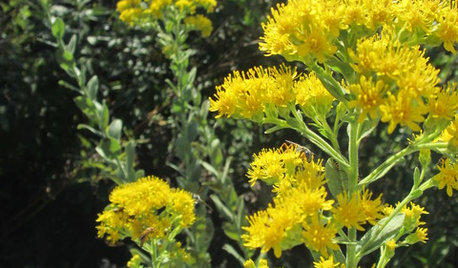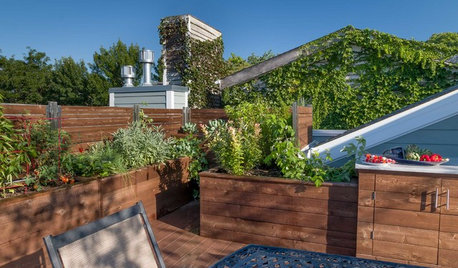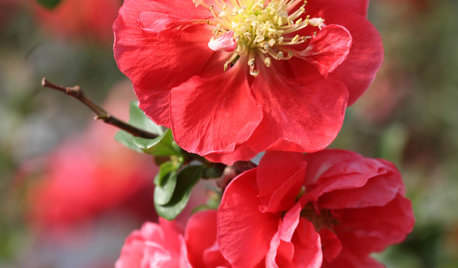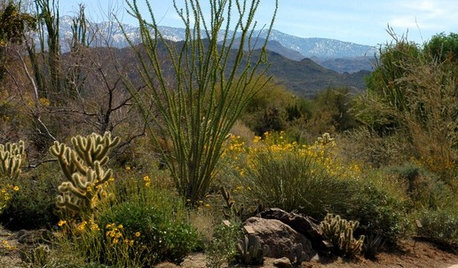Lasagna gardening for a newbie
glory285
12 years ago
Related Stories

FALL GARDENINGGreat Design Plant: Oligoneuron Rigidum Brightens Fall Gardens
Create a pollinator feeding ground with this cheery, fuss-free goldenrod, formerly known as Solidago rigida, native to much of the U.S.
Full Story
GARDENING GUIDES10 Tips for Beginning Gardeners
With a simple sketch, basic tools and the right plants, you’ll be on your way to growing your first flowers or edibles
Full Story
WINTER GARDENINGCalifornia Gardener's January Checklist
Winter-defying blooms and pruning saws earn a cheer, while California-focused gardening design books get a well-deserved shout-out
Full Story
DIY PROJECTS10 Terrific DIY Home and Garden Projects
Add spring panache inside your home and out with these engaging DIY projects for all skills levels
Full Story
GARDENING GUIDESLush, Foodie Abundance in a Small Urban Garden
This modest backyard garden provides its owner with fruit and vegetables all year round, thanks to an innovative low-maintenance approach
Full Story
SUMMER GARDENINGHow to Grow Basil
Bright color, quick growth and endless uses for cooking make this summer annual a winner in the garden or a pot
Full Story
FALL GARDENINGWhat Monarch Butterflies Taught Me About Garden Design
Thinking like a butterfly leads to fresh perspectives in the garden and in life
Full Story
GARDENING GUIDESGardening Solutions for Heavy Clay Soils
What’s a gardener to do with soil that’s easily compacted and has poor drainage? Find out here
Full Story
GARDENING GUIDESGarden Myths to Debunk as You Dig This Fall and Rest Over Winter
Termites hate wood mulch, don’t amend soil for trees, avoid gravel in planters — and more nuggets of garden wisdom
Full Story
GARDENING GUIDESSouthwest Gardener's April Checklist
Welcome the return of roses and herbs, and consider a new use for vines as you rejoice in your newly green spring garden
Full StoryMore Discussions






vetivert8
Tiffany, purpleinopp Z8b Opp, AL
Related Professionals
Wrentham Landscape Architects & Landscape Designers · Edmond Landscape Architects & Landscape Designers · Hartford Landscape Contractors · Salem Landscape Contractors · Andover Landscape Contractors · Brooklyn Park Landscape Contractors · Cedar Hill Landscape Contractors · Miller Place Landscape Contractors · Wilton Landscape Contractors · Silver Firs Landscape Contractors · Selma Landscape Contractors · Decatur Window Contractors · Sudbury Window Contractors · Sugarland Run Window Contractors · Sunrise Window Contractors